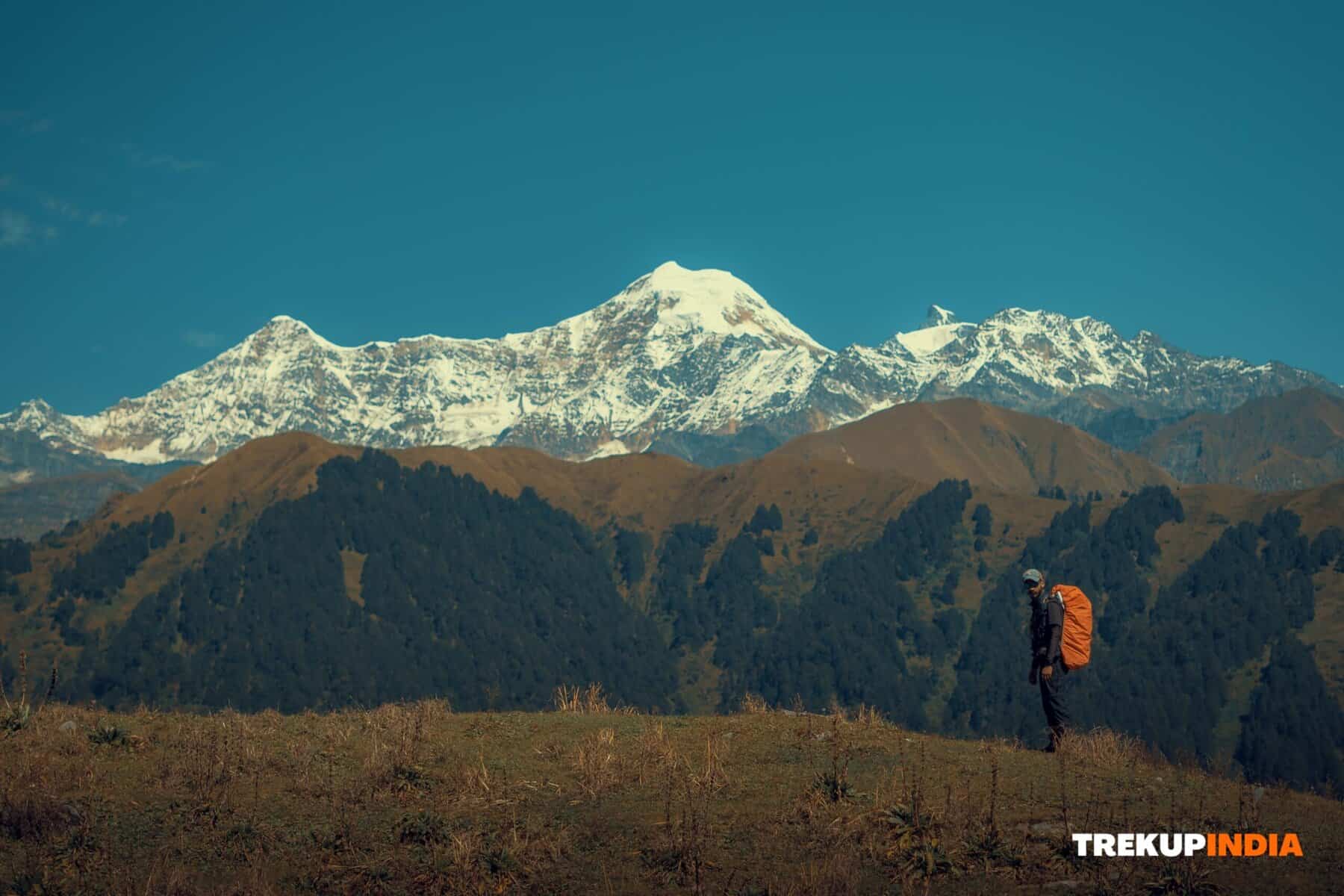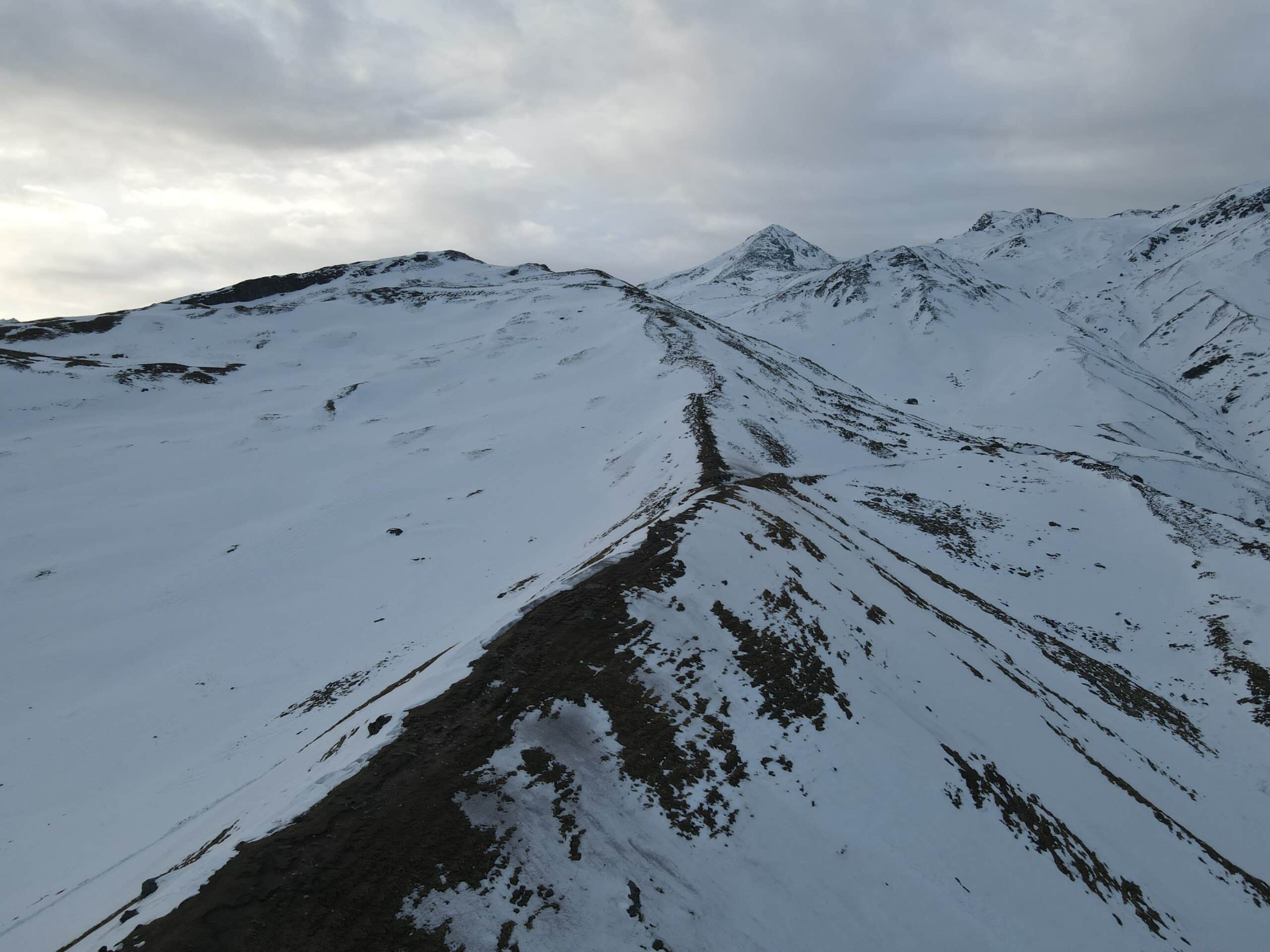Trek Signs and Markers India: How to Read Them Right
TrekUp India has observed an intriguing pattern: those who practice with full bags before heading out become fitter, more adaptable, and enjoy their trip significantly more than those who perform general fitness exercises. Trekking is more than simply physical strength or stamina; it requires smooth and efficient movements as you carry a weight similar to what will be found on mountain treks. By training in realistic environments beforehand, you’ll develop the techniques, endurance, and mental fortitude necessary for successful mountain treks.
Why train without a pack?
Carrying 8-12 kilograms on your back when walking can significantly alter the experience compared to not carrying any.
Here is why: Muscle conditioning improves the strength of muscles in the shoulder, hip, and back, as well as stabilizing muscles.
Joint adaptation: Preparing ankles and knees to endure pressure during ascents and descents.
Balance and Coordination: Strengthen your ability to walk safely across uneven ground without becoming disoriented or falling over.
Energy Management Learn how to control and utilize your energy under pressure.
Mental Preparation: Familiarize yourself with how trekking and weight affect you before embarking on your journey.
Step-by-Step Loaded Pack Training
Start Light & Build Gradually
Plan To avoid injury risks from rapid weight increases, start with approximately 4-5 kilograms in your backpack and increase by one kilogram each week until it’s equal to what is carried by you carry. Excessively rapid increases could put you at greater risk.
Focus on Realistic Terrain
To simulate realistic terrain, practice climbing inclines, treks, or stairs that replicate climbs and descents as closely as possible. Urban stairs provide an effective simulation of what will likely happen on race day.
Wear the Same Gear
To make the trek more pleasant and avoid surprises on the trek, bring along an identical set of backpacking gear as before shoes and clothing alike to allow your body to adjust to how your pack fits against it. This helps avoid unpleasant surprises on your walk!
Exercising Uphill/Downhill
Technique uphill Take sturdy steps while breathing slowly and consciously for best results.
Downhill Running Knees should be slightly bent with core engaged, steps set with firmness, and poles may also be added into training for balance and relief of joint pain.
Plan Long Walk Days
Every week or so, plan at least one long trek (10-15 kilometers). This will build your endurance while putting the fueling strategy and hydration plan through their paces.
Strength & Mobility Work
You can enhance your instruction with Strength & Mobility Work; these can include:
Lunges, Squats, and Step-ups (for building leg strength) can all help strengthen legs.
Back Extensions and Planks (for Core Strength and Back Extension)
Stretching of hamstrings, hips, and calves (to maintain flexibility) is important for maintaining flexibility.
Hydration and Nutrition Habits
To stay hydrated and fuelled properly during a journey, drink plenty of water regularly and eat small portions of food, just as you would when trekking a trek. Doing this helps your digestion adjust more easily.
Common Mistakes to Avoid
- Carrying too much too quickly: Too much weight could result in joint strain and possible injury.
- Not taking recovery days seriously: Muscles need time to adapt to their training load. Failure to give adequate rest days could result in damage.
- Poor Fit of Backpack: An improperly fitting backpack may result in backache, fatigue, and chafing.
- Training for downhill skipping: Descents are where most joint problems arise; to protect your health and reduce injury risks, practice on them regularly.
TrekUp India Tip
Prior to embarking on any trek, it is recommended to train for at least six to eight weeks using a pack. Consistency is key even short 30-45 minute treks every week can bring substantial improvement and provide significant comfort and security when carrying the real burden of trekking.
Share this article
Want To Trek Like Pro?
Basically, watch these videos if you want to trek the same way professional trekkers do and make your skills better. These videos contain useful tips and techniques to further improve your trekking skills itself. These videos actually help both new and experienced trekkers improve their trekking skills. These videos definitely provide useful tips that make your trek better. We are seeing that these videos by Trekup India experts will only help you make your trekking skills better.







Know Everything About Acute Mountain Sickness
Acute Mountain Sickness occurs when people trek to high altitudes above 8,000 feet. This condition itself develops further due to reduced oxygen levels at such heights. Basically, as you go higher up, the air pressure and oxygen levels decrease, which causes the same problem. Acute Mountain Sickness surely causes headache, nausea, vomiting, and dizziness in affected persons. Moreover, peoples also experience difficulty in sleeping during this condition. To avoid mountain sickness, you should actually trek up slowly to higher altitudes. To learn further about this condition itself, watch the videos by Trekup India.









